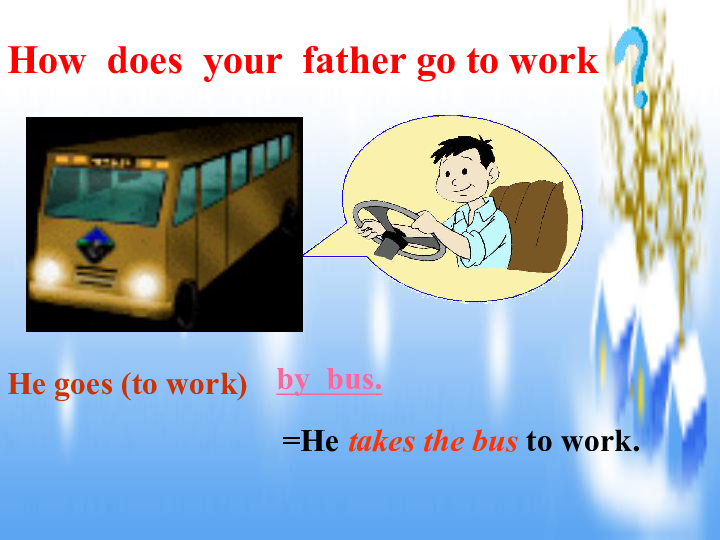How to Successfully Forgive Student Loan Debt: A Comprehensive Guide
#### Description:The burden of student loans can feel overwhelming for many individuals, especially as they navigate the complexities of managing their fina……
#### Description:
The burden of student loans can feel overwhelming for many individuals, especially as they navigate the complexities of managing their finances. As the cost of higher education continues to rise, the need for effective strategies to forgive student loan debt has never been more pressing. In this comprehensive guide, we will explore various options available to borrowers seeking to alleviate their financial responsibilities, while also providing insights into the eligibility criteria, application processes, and potential pitfalls to avoid.
Student loans are often a necessary means to achieve higher education, but they can lead to significant financial strain. According to recent statistics, millions of Americans are grappling with student loan debt, which has surpassed $1.7 trillion. This staggering figure highlights the urgency for effective solutions to forgive student loan obligations. Fortunately, there are numerous programs and strategies designed to help borrowers manage and potentially eliminate their debt.

One of the most well-known options for forgiving student loan debt is through federal student loan forgiveness programs. These programs are typically aimed at specific professions, such as teachers, nurses, and public service workers. The Public Service Loan Forgiveness (PSLF) program, for example, offers forgiveness after 120 qualifying monthly payments while working full-time for a qualifying employer. To be eligible, borrowers must be enrolled in a qualifying repayment plan and have Direct Loans. Understanding the requirements and maintaining accurate records of payments is crucial for those seeking to benefit from this program.
Another avenue for forgiving student loan debt is through income-driven repayment plans. These plans adjust monthly payments based on the borrower’s income and family size, making it more manageable for individuals facing financial hardship. After a set period—typically 20 to 25 years—any remaining balance may be forgiven. Borrowers should keep in mind that while this option can provide relief, it may result in a larger total repayment amount due to accruing interest over time.
For borrowers who find themselves in a challenging financial situation, loan discharge may be an option. This can occur in cases of total and permanent disability, school closure, or false certification of eligibility by the school. It’s essential for borrowers to understand the specific circumstances under which loan discharge is granted and to gather the necessary documentation to support their claims.

In addition to federal programs, there are also state-based initiatives and private loan forgiveness options. Some states offer loan forgiveness for individuals who work in high-demand fields or who commit to serving in underserved communities. Private lenders may also have their own forgiveness programs, though these are less common and often come with specific requirements.
While the prospect of forgiving student loan debt is appealing, it is crucial for borrowers to approach the process with caution. Scams targeting struggling borrowers are prevalent, and individuals should be wary of companies that promise instant forgiveness for a fee. It is advisable to consult with reputable financial advisors or nonprofit credit counseling services to explore legitimate options.
Moreover, borrowers should stay informed about changes in legislation and policies that may affect their student loans. The landscape of student loan forgiveness is continually evolving, and new programs or modifications to existing ones can provide additional opportunities for relief.

In conclusion, the journey to forgive student loan debt may seem daunting, but with the right information and resources, borrowers can take proactive steps toward financial freedom. By understanding the available programs, meeting eligibility requirements, and staying vigilant against potential scams, individuals can navigate their student loan obligations more effectively. Whether through federal forgiveness programs, income-driven repayment plans, or state initiatives, there are pathways available to help alleviate the burden of student loans and pave the way for a brighter financial future.